We may earn money or products from the companies mentioned in this post. This means if you click on the link and purchase the item, I will receive a small commission at no extra cost to you ... you're just helping re-supply our family's travel fund.
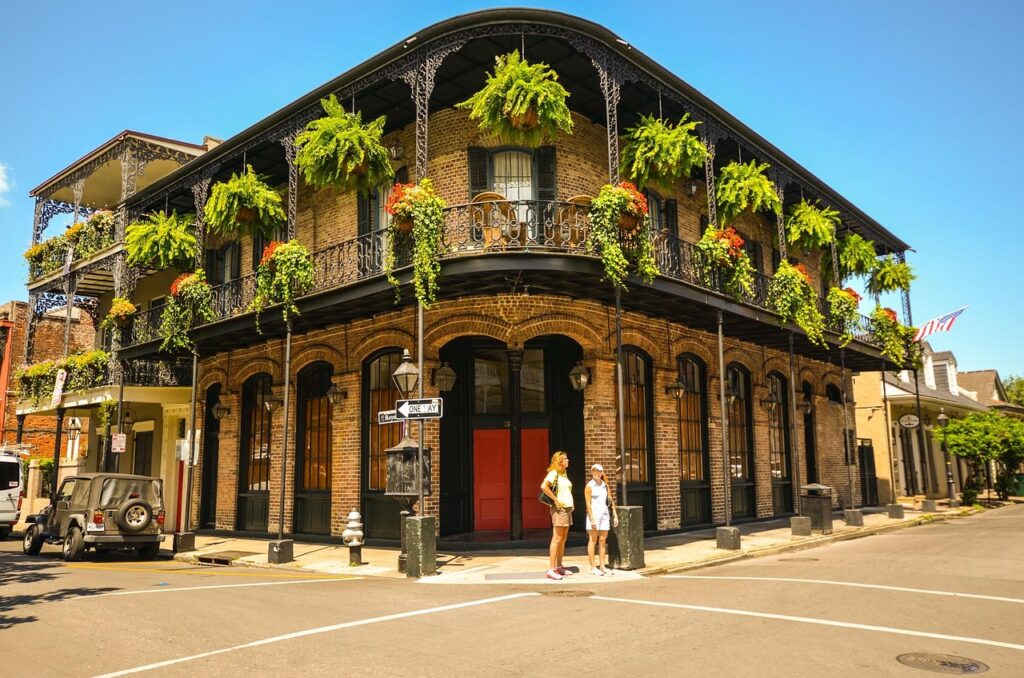
You pause at a rebuilt boardwalk and picture what once rose where only wind now whistles. Fire, flood, and political trade-offs have erased whole chapters of American travel lore, turning beloved attractions into fading postcards. Tracing their disappearances shows how quickly awe can crumble and how communities decide whether to rebuild or let nature reclaim the stage. Linger when you reach a spot you love; even the grandest landmarks balance on circumstances no sturdier than weather, wiring, or a single city vote.
1. Luna Park, Coney Island, New York
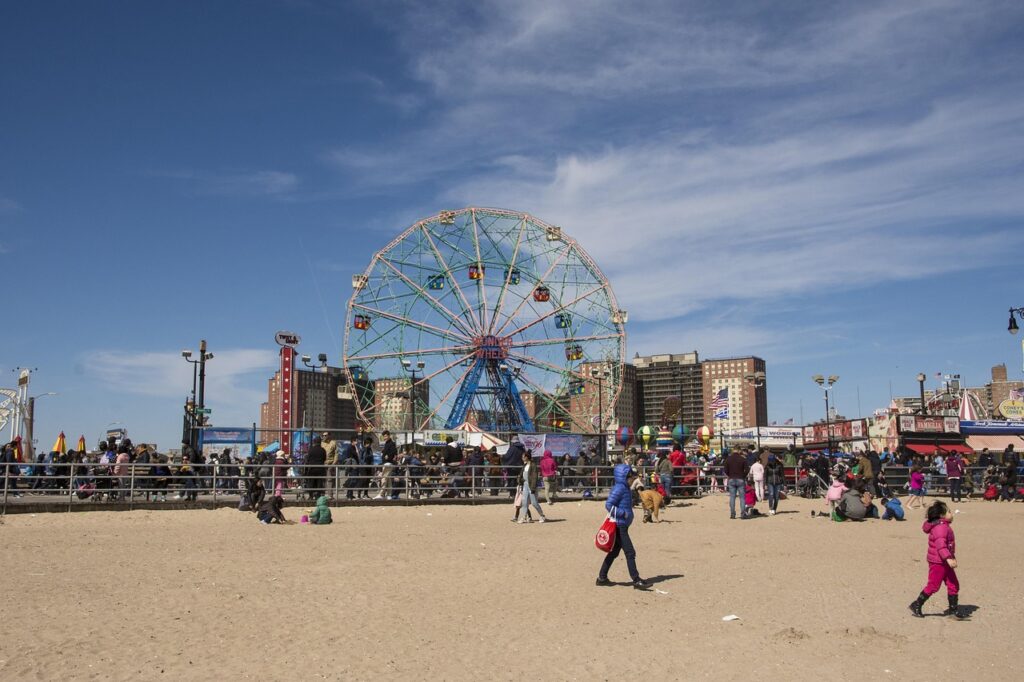
Opened in 1903, the first Luna Park lit one million bulbs, mixed live camels with shoot-the-chute thrills, and felt ripped from a Jules Verne sketchbook. On Aug. 13, 1944, grease sparked inside Dragon’s Gorge, met dry wood, and rode a stiff Atlantic breeze. Flames leapt well over one hundred feet, turning night into orange noon and leveling most rides in two ruthless hours. A lone entry arch lingered before demolition. Today’s Luna Park borrows the name, but the incandescent dream lives only in sepia photographs.
2. Hetch Hetchy Valley, Yosemite National Park, California
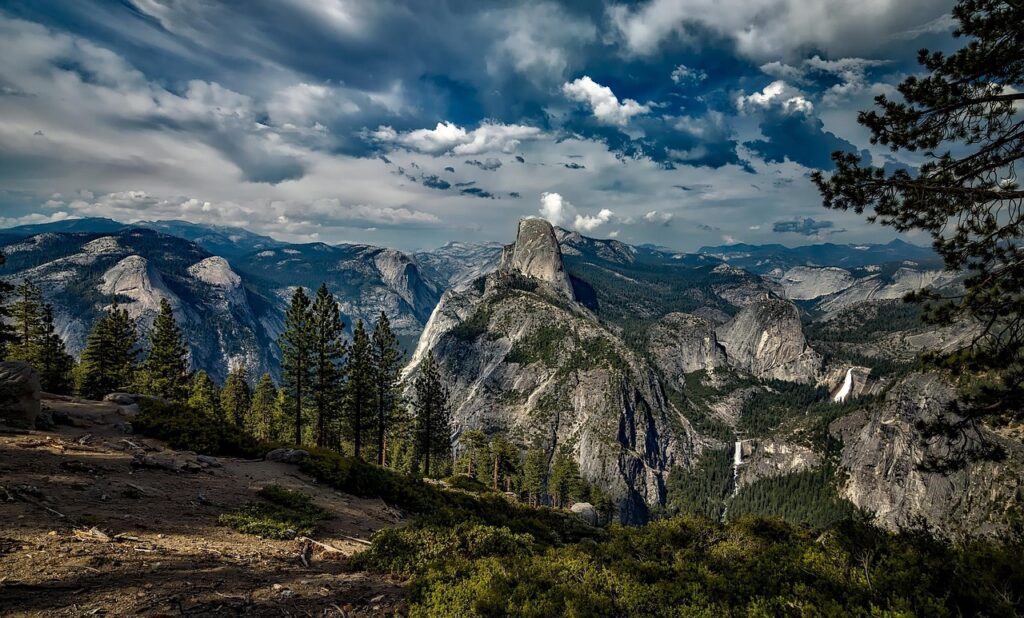
Naturalist John Muir called this granite canyon Yosemite’s little sister, a sweep of walls, waterfalls, and lupine meadows. After the 1906 quake, San Francisco sought reliable water, and Congress approved O’Shaughnessy Dam in 1913 despite fierce protests. By 1923, canyon trails, Paiute camps and wildflower benches lay beneath nearly 300 feet of snowmelt. Visitors now see a deep blue reservoir enclosed by bathtub rings and still debate whether a drowned valley should stay sacrificed so a faraway city keeps drinking.
3. MGM Grand Hotel, Las Vegas, Nevada
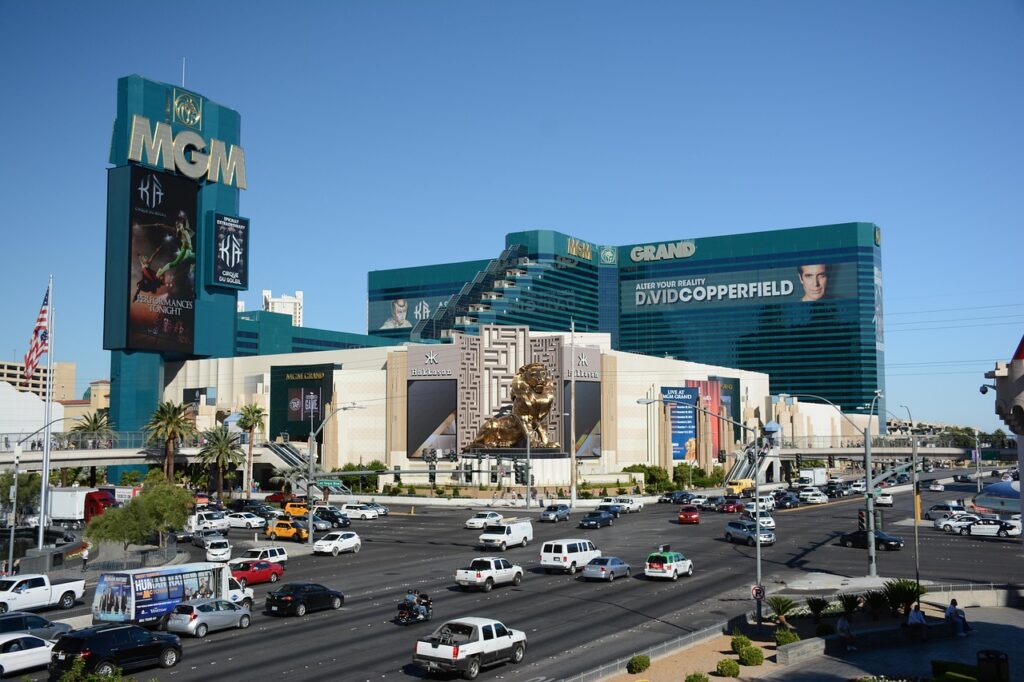
The emerald MGM Grand debuted in 1973 with 2,000 rooms, crystal corridors, and a casino bigger than three football fields. At 7:07 a.m. on Nov. 21, 1980, an electrical short inside a deli ignited plastic decor. Smoke raced up elevator shafts like chimneys, killing eighty-five guests and injuring nearly seven hundred. Engineers rebuilt the shell and rebranded it as Bally’s, yet the old glamour died that morning. New fire codes nationwide now require sprinklers, smoke dampers, and clear exit maps in every hotel.
4. Sutro Baths, San Francisco, California
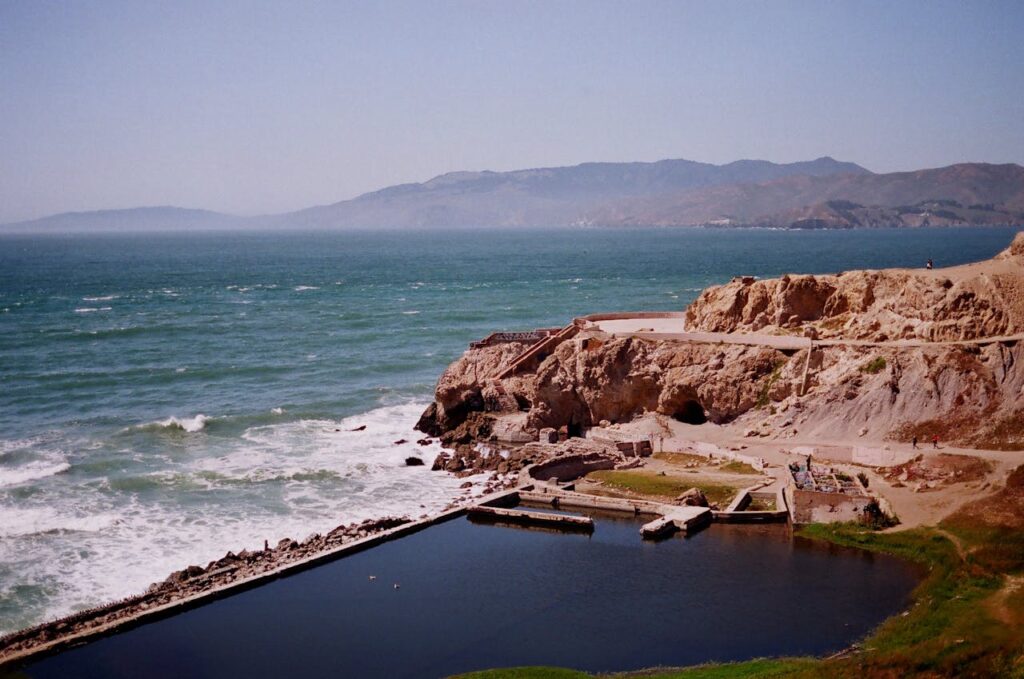
Adolph Sutro’s 1896 glass palace hugged Lands End with seven tide-fed pools, natural-history halls, and 25,000 panes that caught every Pacific sunset. Attendance slid by mid-century, and demolition had begun when, on June 26, 1966, a sudden blaze roared through leftover timbers. Ocean winds fanned silver sparks into a furnace that melted iron trusses and scared beachgoers three coves away. What remains are haunting concrete shells, sea spray, and graffiti—ghostly outlines framing the view where swimmers once raced in warmed saltwater.
5. Six Flags New Orleans, New Orleans, Louisiana
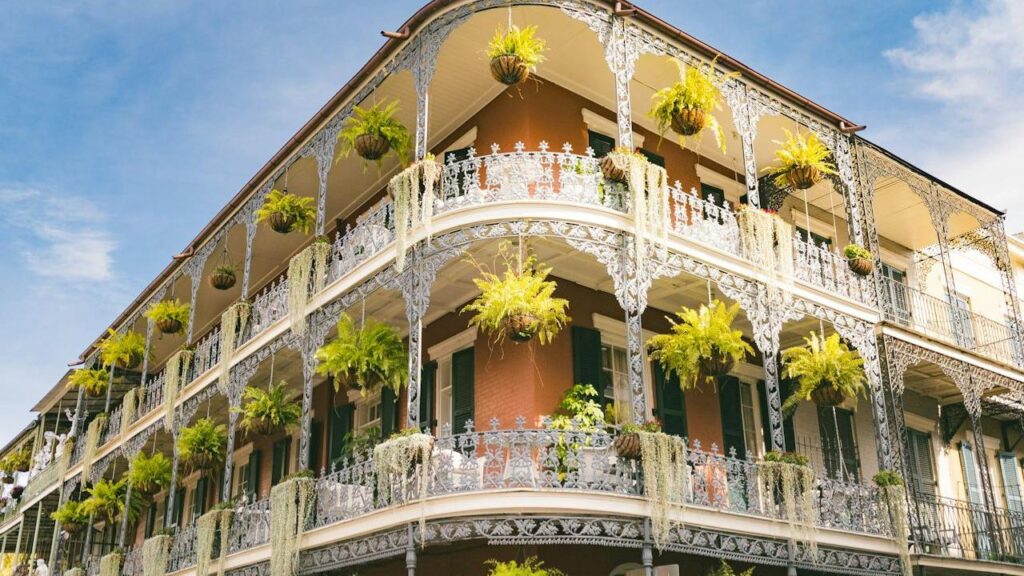
Opened as Jazzland in 2000, the park sold beignets beside coasters that looped above cypress groves. Hurricane Katrina struck on Aug. 29, 2005, drowning rides under up to fourteen feet of brackish water. Salt corroded tracks, alligators colonized lagoons, and paint peeled like sunburn. Insurance fights stalled revival until partial demolition began in late 2024; crews now scrap steel while filmmakers capture last shots of the rusting Mega Zeph. A new sports complex may rise, but thrill screams here are history.
6. Crystal Palace, New York City, New York
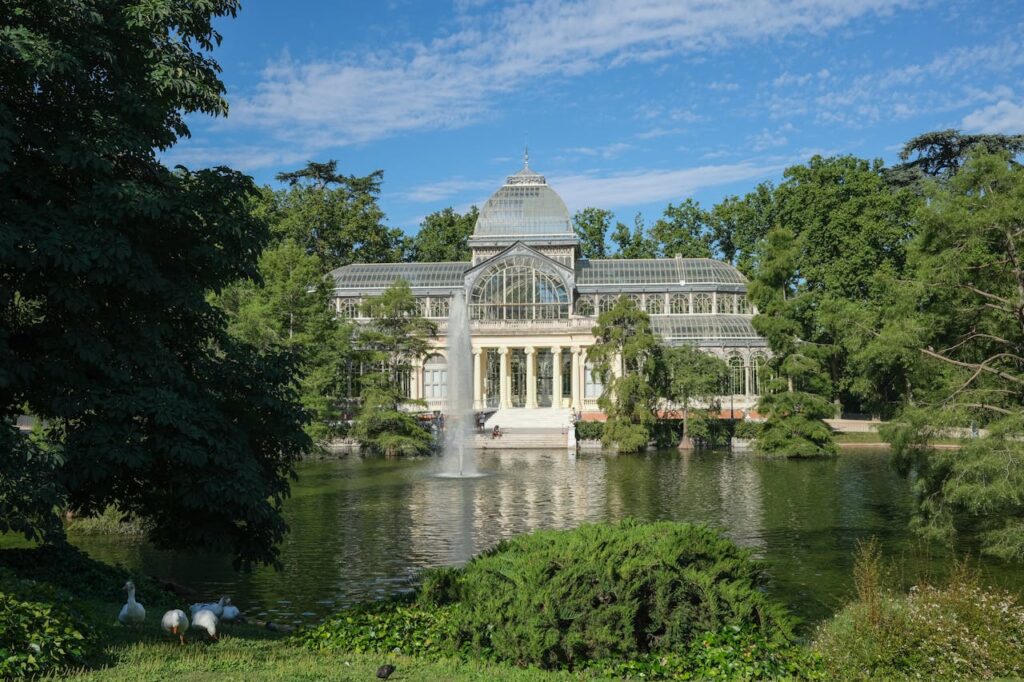
Built in 1853 beside today’s Bryant Park, the iron-and-glass Crystal Palace shimmered under a 100-foot dome filled with sewing machines, locomotives, and Hudson River art. During an Oct. 5, 1858 fair, a small blaze on a timber platform met turpentine-coated exhibits. Within forty minutes the palace collapsed in molten shards audible across Manhattan. Nothing survived but awe. Office workers now lunch on the same lawn, unaware a cathedral of glass once towered where pigeons now contest sandwich crumbs.
7. Pennsylvania Station, Manhattan, New York
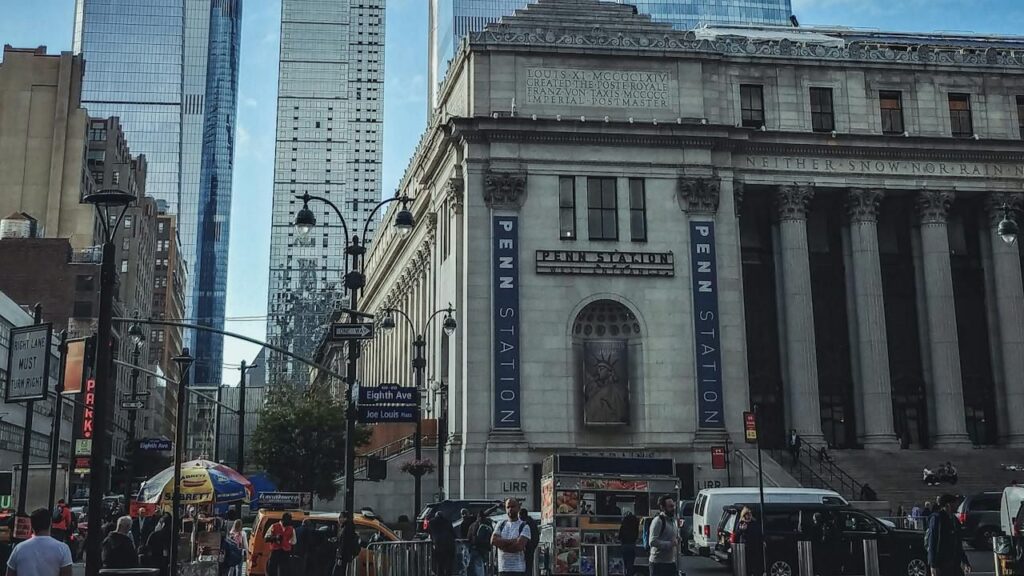
Penn Station opened in 1910 with sun-splashed arcades, pink granite columns, and arching ceilings that dwarfed arriving steam locomotives. Post-war rail decline starved maintenance, and several small fires stained marble walls. Rather than restore, owners sold air rights and began demolition in Oct. 1963. Preservationists protested, yet wrecking balls won, birthing laws that later saved Grand Central but not this masterpiece. Travelers now duck low ceilings where heroic arches once framed their first breathtaking glimpse of New York.
8. Miami Marine Stadium, Virginia Key, Florida
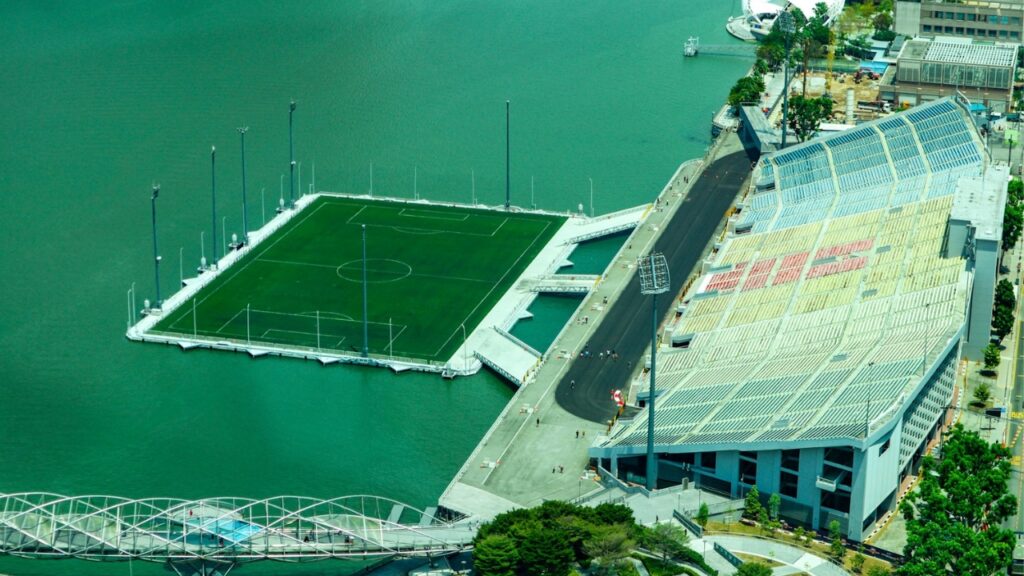
Architect Hilario Candela’s 1963 concrete shell set 6,500 seats before Biscayne Bay’s floating stage, hosting powerboat races, Easter services, and Jimmy Buffett concerts. Hurricane Andrew roared ashore on Aug. 24, 1992, ripping roof panels and cracking beams. Declared unsafe, the stadium closed, and graffiti artists layered its faceted walls in kaleidoscopic color. Preservationists secured landmark status and seed funding, yet, as of 2025, the venue remains fenced, its angled seats catching salt spray instead of applause and awaiting a still-uncertain encore.
9. Cypress Gardens, Winter Haven, Florida
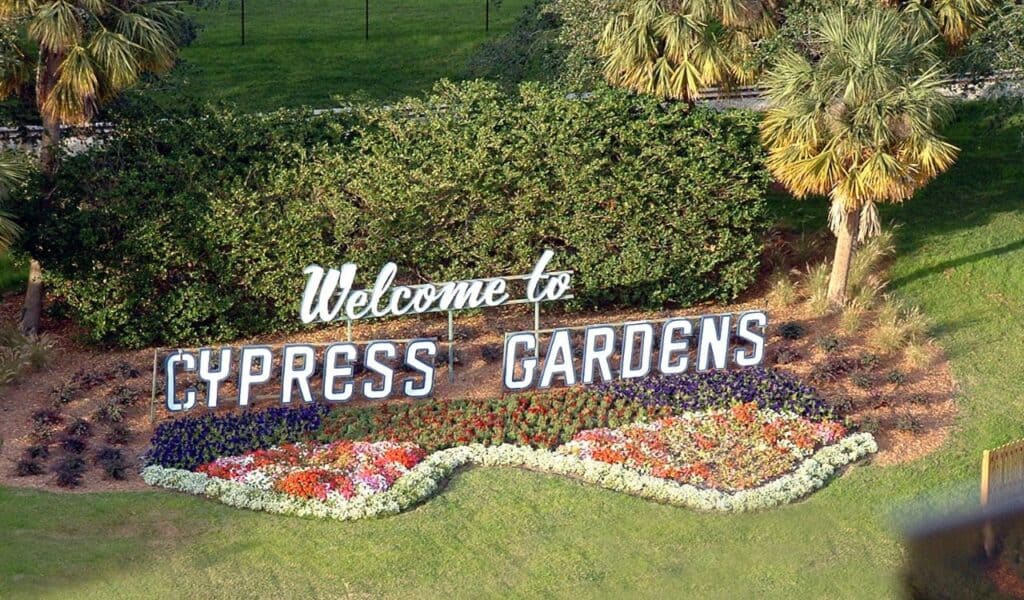
Dubbed the Water Ski Capital of the World, Cypress Gardens opened in 1936 with botanical displays and daring ski shows that put Florida tourism on the map. Decades of hurricanes, shifting vacation trends, and competition from Disney drained attendance. After multiple ownership changes and a damaging 2004 storm season, the park closed in 2009. Portions live on inside Legoland Florida, but the original cypress-lined canals and classic ski revues exist now only in archival reels and the memories of longtime Floridians.